Private 5BR Pool Villa – Modern Aruba Style
Private 5BR Pool Villa – Modern Aruba Style
- Oranjestad
- 2 Guests
- 1 Beds
- 1 Baths
5/5
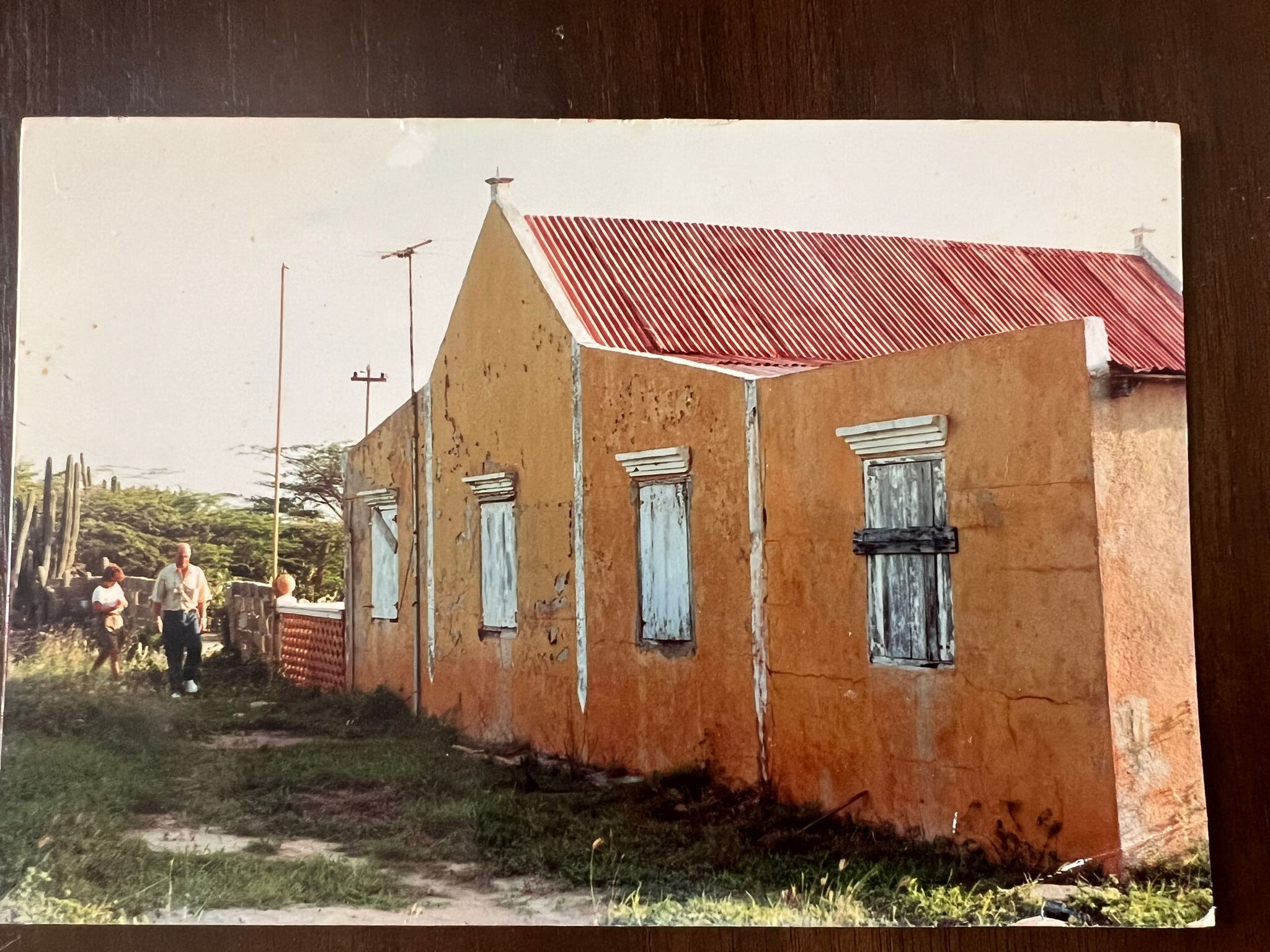
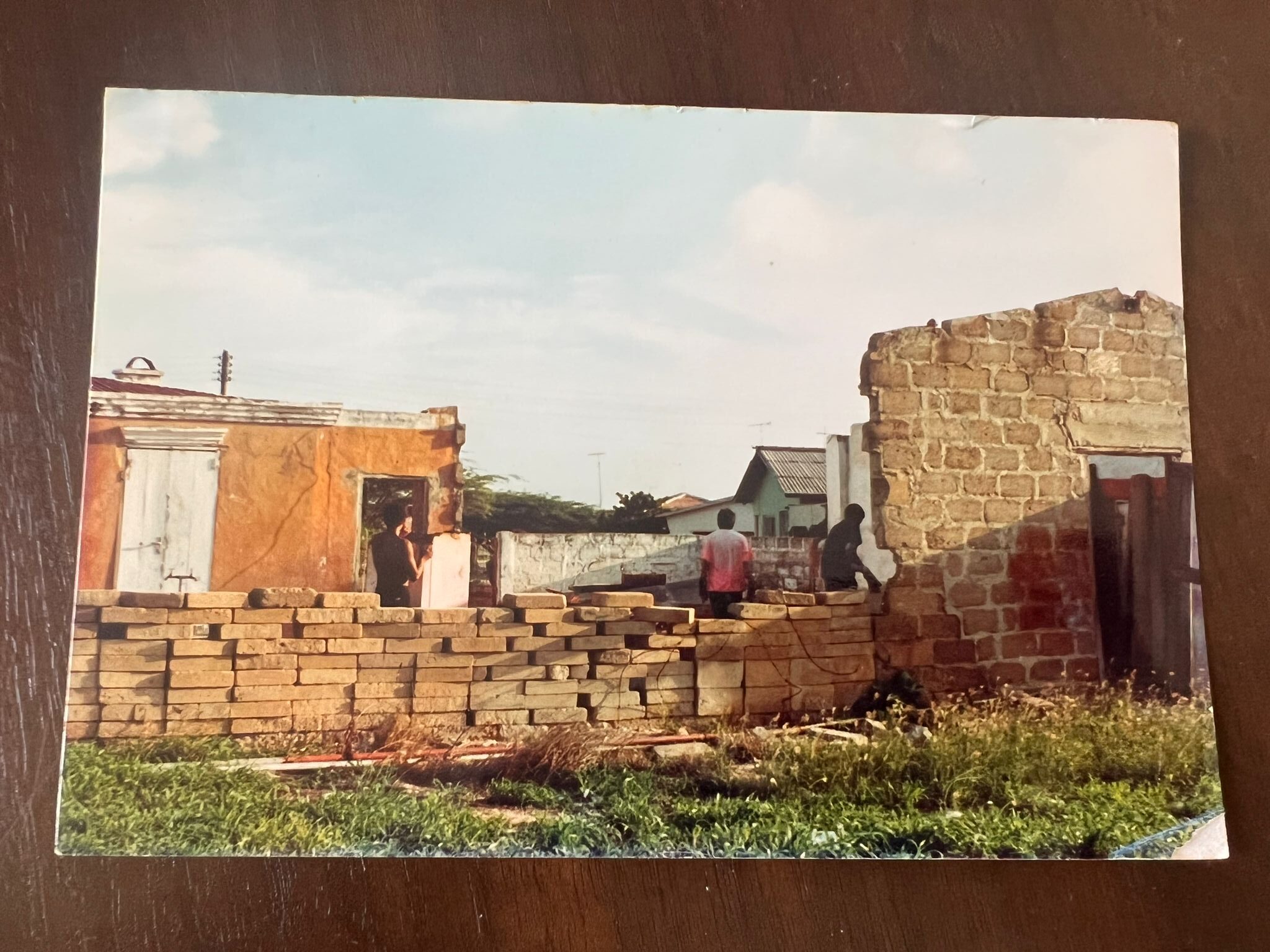
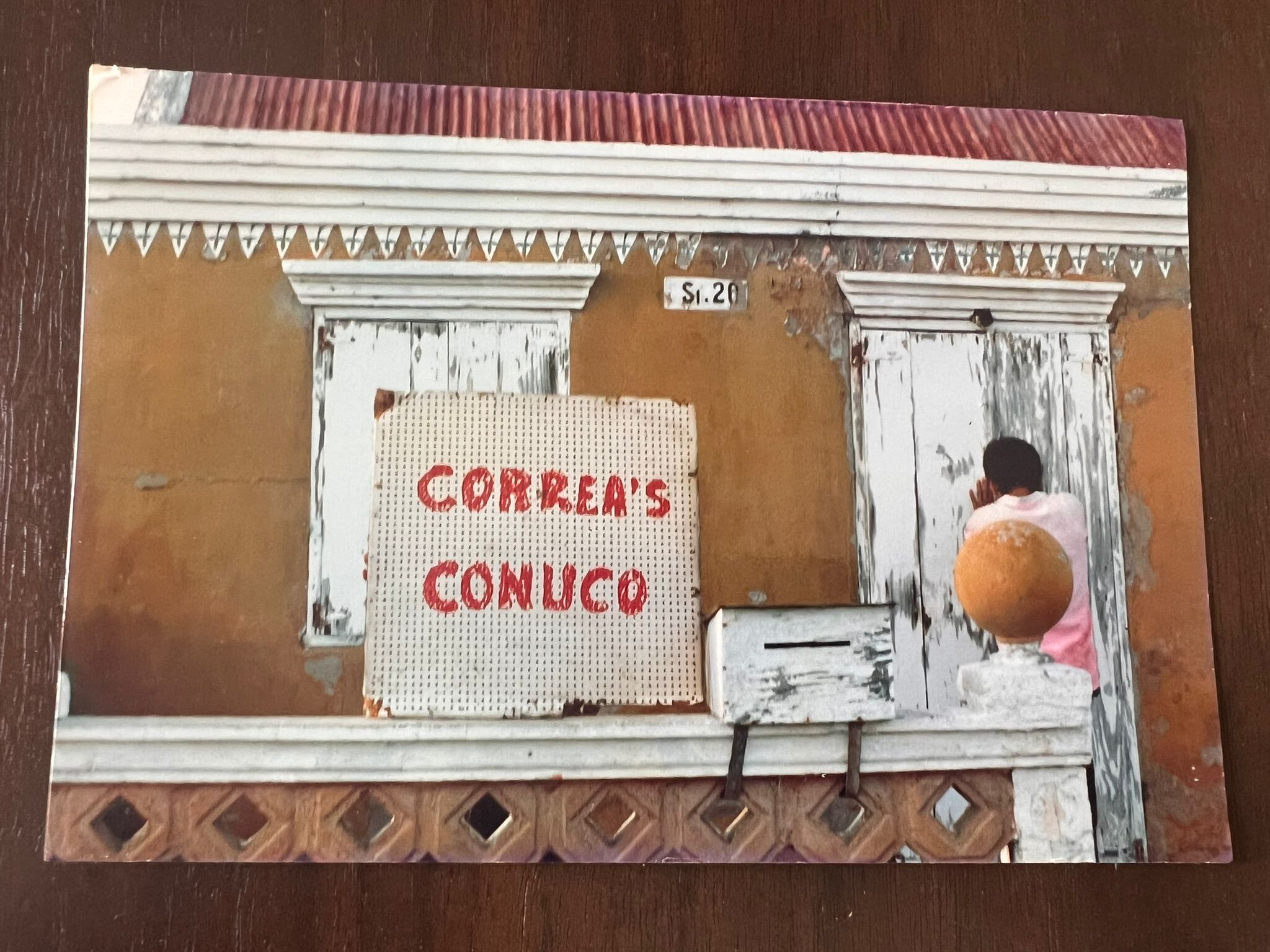
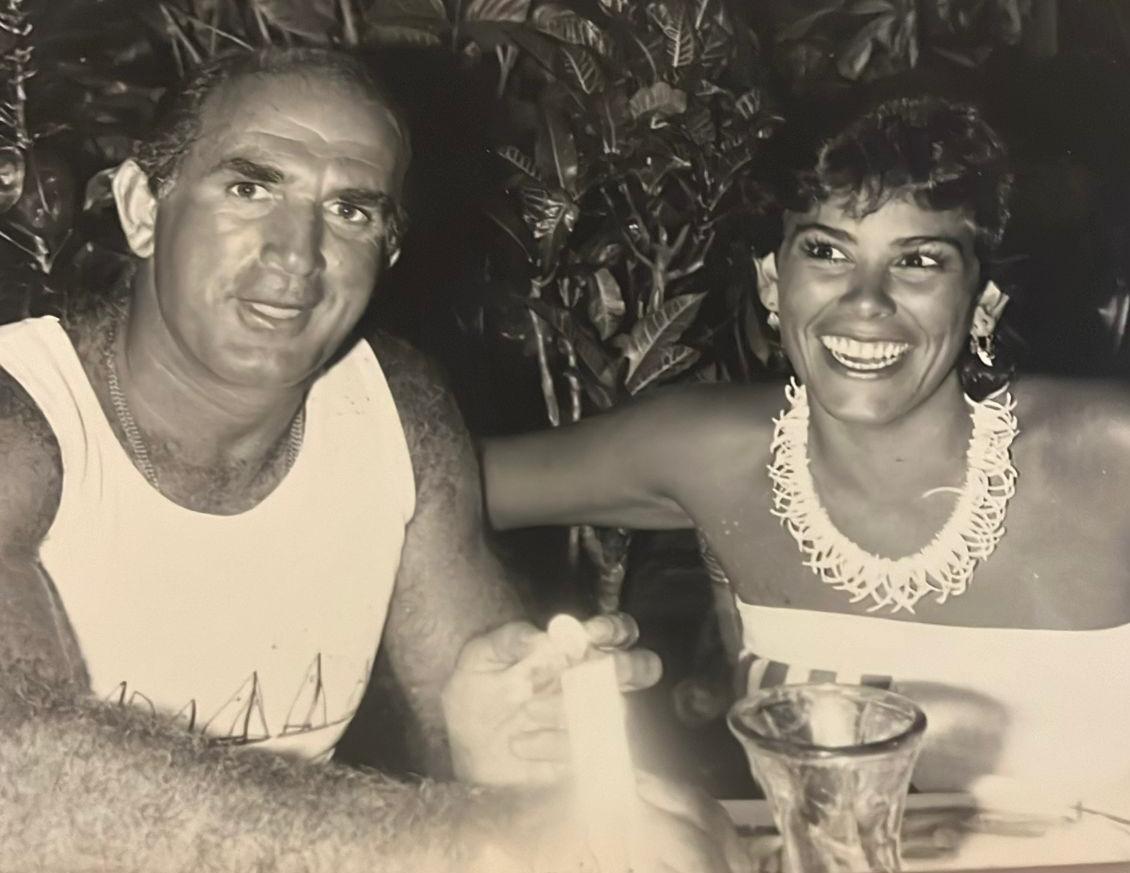
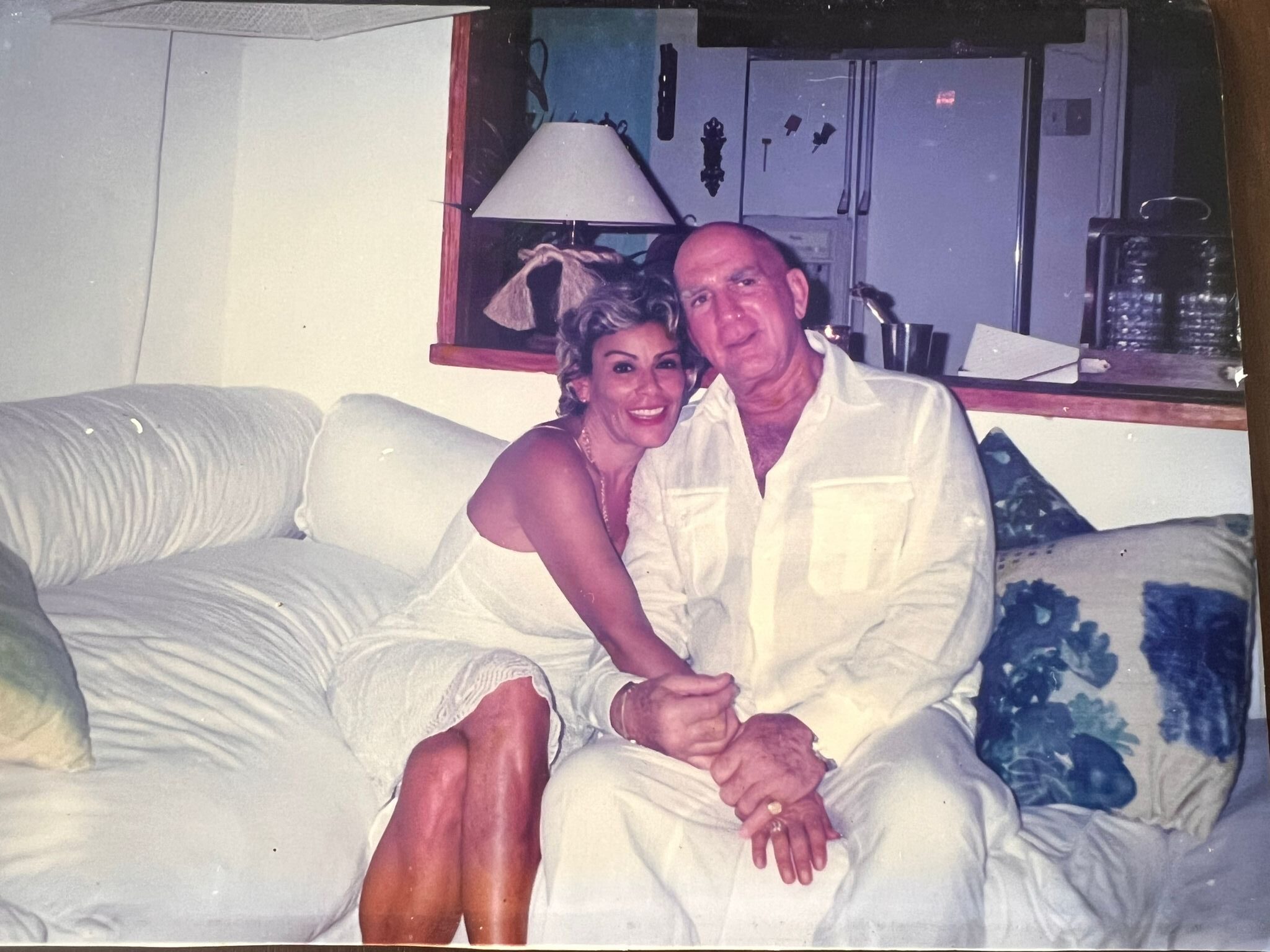
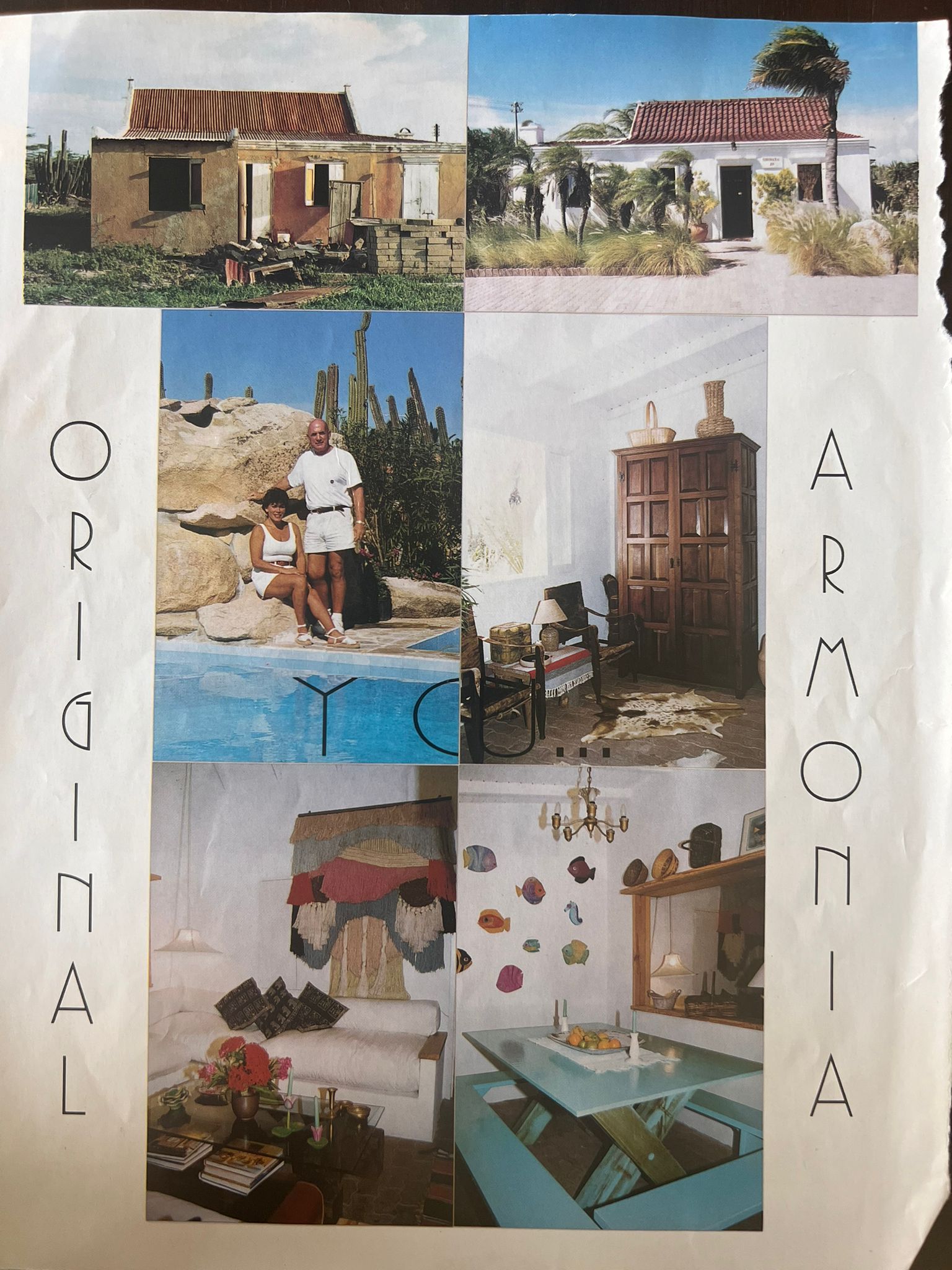
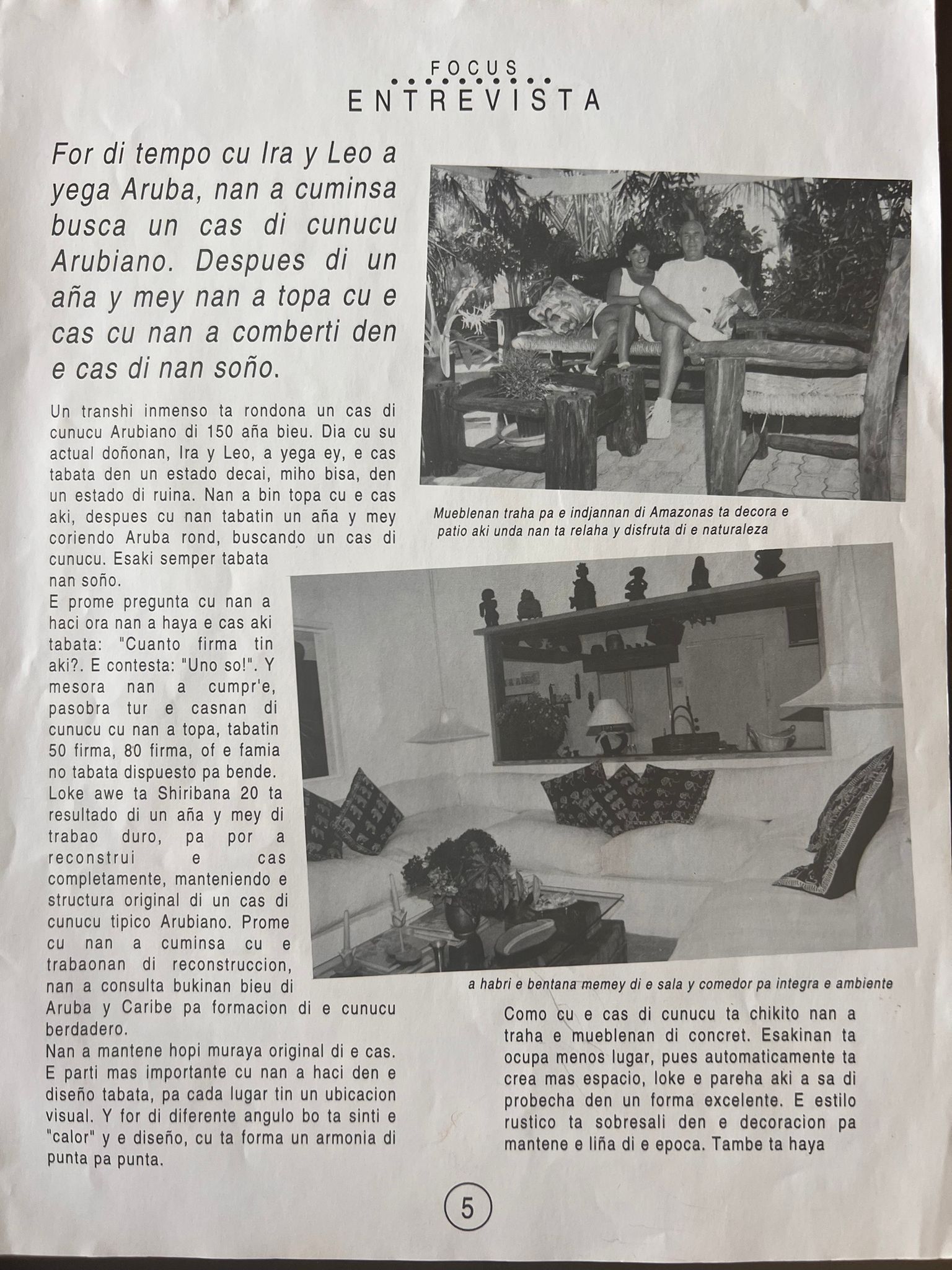
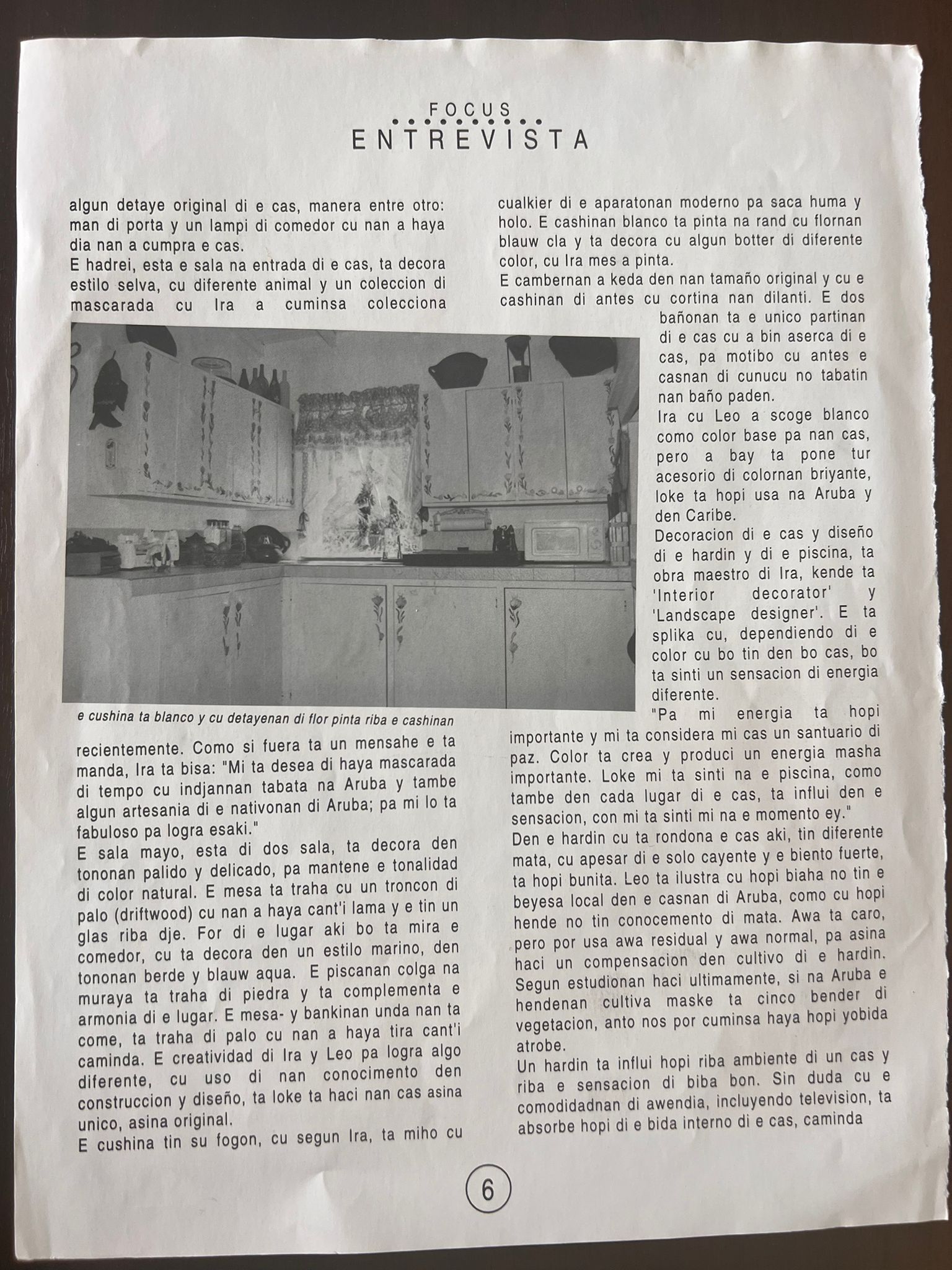
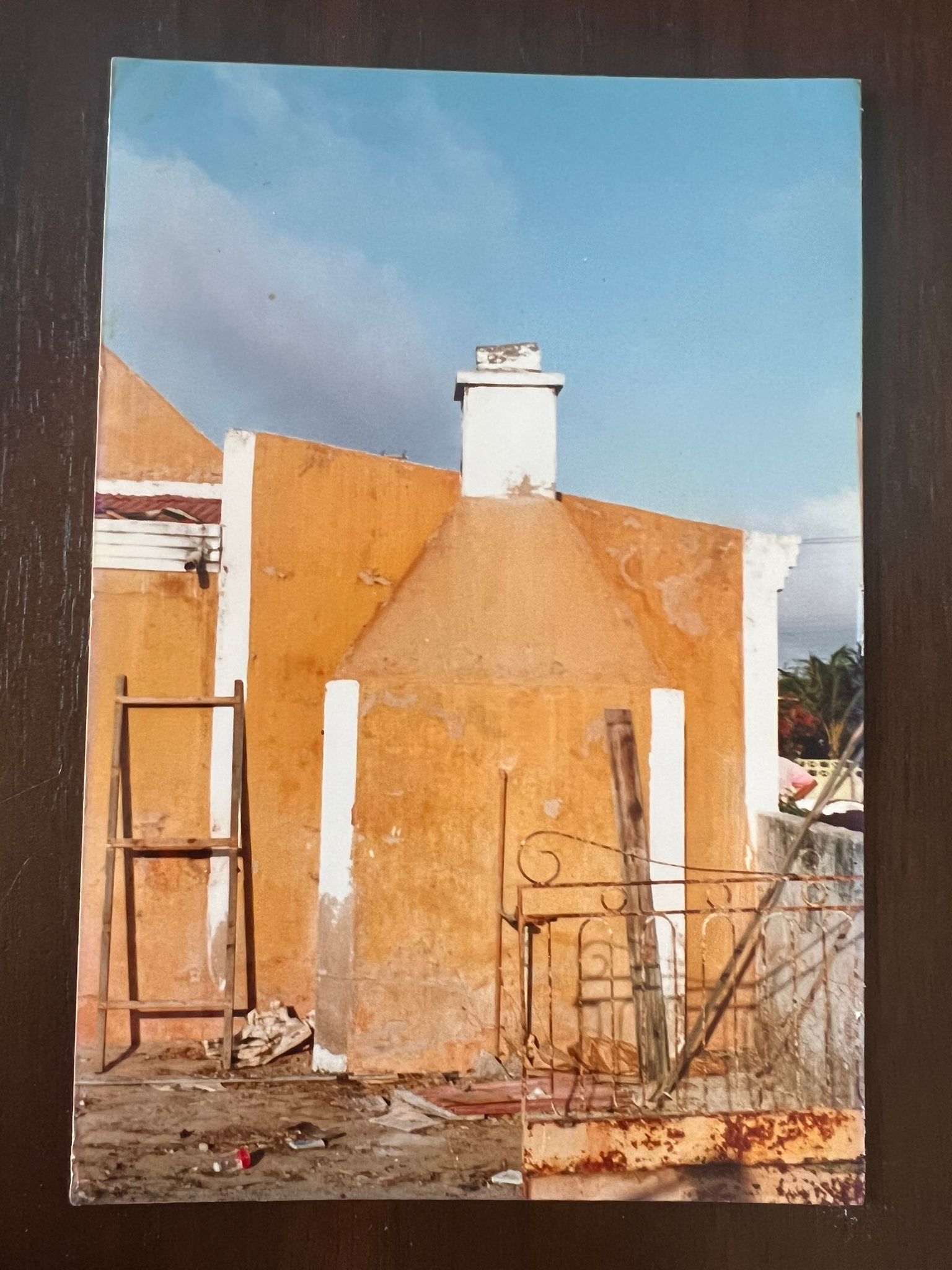
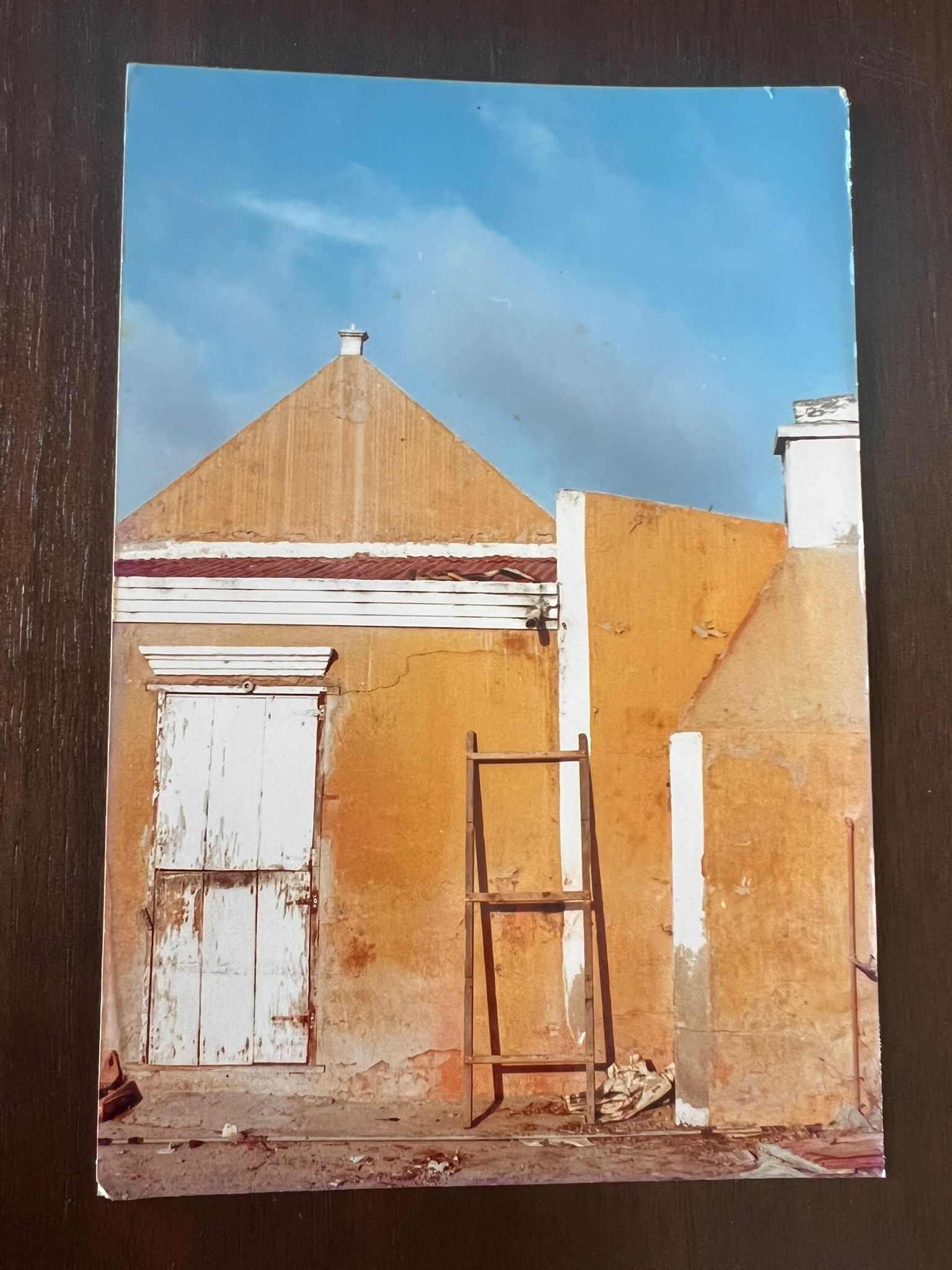
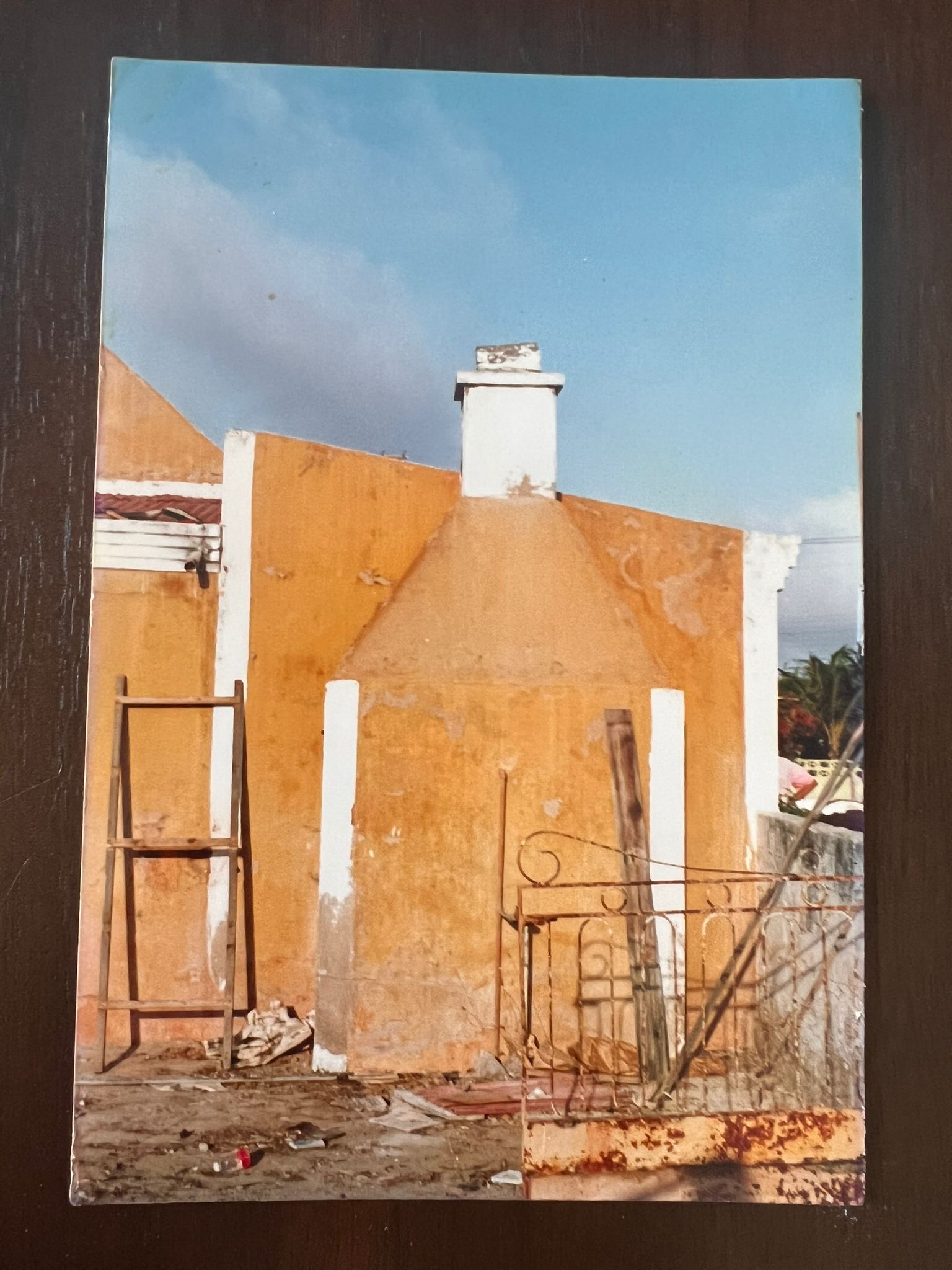
history
From the moment Ira and Leo arrived in Aruba, they began searching for a traditional Aruban cunucu house. After a year and a half, they finally found the home that they would transform into their dream house.
An immense trench surrounds a 150-year-old Aruban cunucu house. When its current owners, Ira and Leo, arrived there, the house was in a deteriorated—almost ruined—state. They discovered it after spending a year and a half exploring the island, searching for a cunucu house. That had always been their dream. The first question they asked upon finding it was, “How many owners are there?” The answer: “Just one.” Immediately, they bought it. All the other cunucu houses they had visited had 50 or even 80 owners, or the families were unwilling to sell.
What is now Shiribana 20 is the result of a year and a half of hard work to fully reconstruct the house, while preserving the original structure of a typical Aruban cunucu house. Before beginning the reconstruction, they consulted old books on Aruba and the Caribbean to understand the authentic cunucu style. They maintained many of the original walls. One of the most important design principles was to give every space a visual perspective. From different angles, you can feel the “warmth” and design, forming a sense of harmony from one end of the house to the other.
Because cunucu houses are small, they built the furniture from concrete. These take up less space and automatically create more room—something the couple cleverly took advantage of. The rustic style stands out in the decoration to keep in line with the historic era. Some original details of the house remain, such as door handles and a dining room lamp they found on the day they bought the house.
The foyer, or entrance living area, is decorated in a jungle theme, with various animals and a collection of masks that Ira recently began collecting. As if sending a message, Ira says:
“I hope to one day find masks from the time when Indigenous people lived in Aruba, and also some local artisan pieces. That would be a dream come true.”
The main living room, which consists of two rooms, is decorated in pale and delicate tones to maintain the natural color palette. The table is made from a driftwood log they found on the beach, topped with glass. From there, you can see the dining area, decorated in a marine style, with aqua green and blue tones. The wall-hung fish are made of stone and complement the space’s harmony. The dining table and benches were made from wood found by the roadside. Ira and Leo’s creativity—using their construction and design skills to make something truly different—is what makes their home so unique and original.
The kitchen features a traditional stove which, according to Ira, works better than six modern exhaust systems combined. The white cabinets are trimmed with bright blue floral patterns and decorated with bottles in various colors—each hand-painted by Ira.
The bedrooms retain their original sizes and old-style cabinets with curtains instead of doors. The two bathrooms are the only parts of the house added on later, since traditional cunucu homes didn’t have indoor bathrooms.
Ira and Leo chose white as the base color of the house, then filled it with bright accessories, which are commonly used in both Aruba and the Caribbean.
The home’s decor, along with the garden and pool design, are the masterwork of Ira, who is an interior decorator and landscape designer. She explains that the energy you feel in a home depends heavily on the colors you choose.
“For me, energy is extremely important, and I consider my home a sanctuary of peace. Color creates and produces powerful energy. What I feel at the pool, and in each space in the house, deeply affects my mood and how I feel in the moment.”
The garden surrounding the house is full of various plants, which, despite the harsh soil and strong winds, grow beautifully. Leo points out that many Aruban homes lack native beauty because people don’t have much knowledge about plants. Water is expensive, but you can use grey water and regular water to balance garden irrigation.
Recent studies show that if every household in Aruba cultivated even five strips of vegetation, we could begin to see much more rainfall.
A garden has a huge impact on the ambiance of a home and on the feeling of living well. Without a doubt, modern comforts—like television—consume much of the home’s internal life, where…


